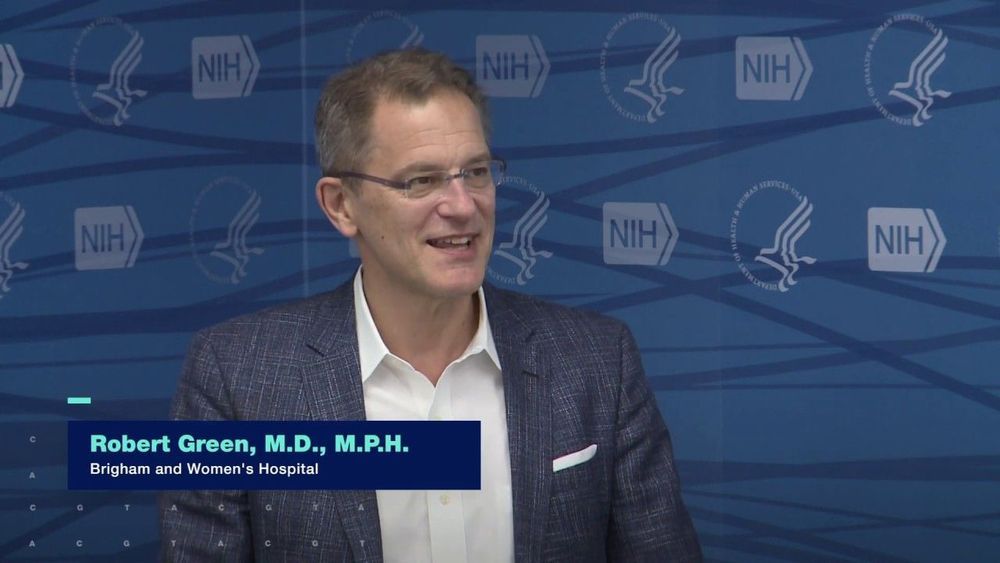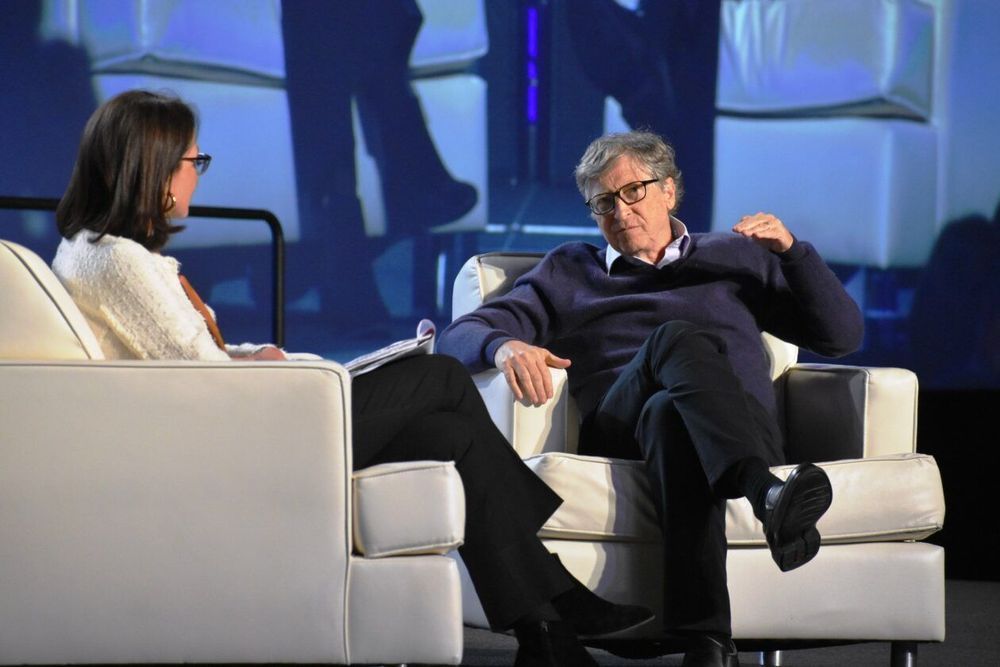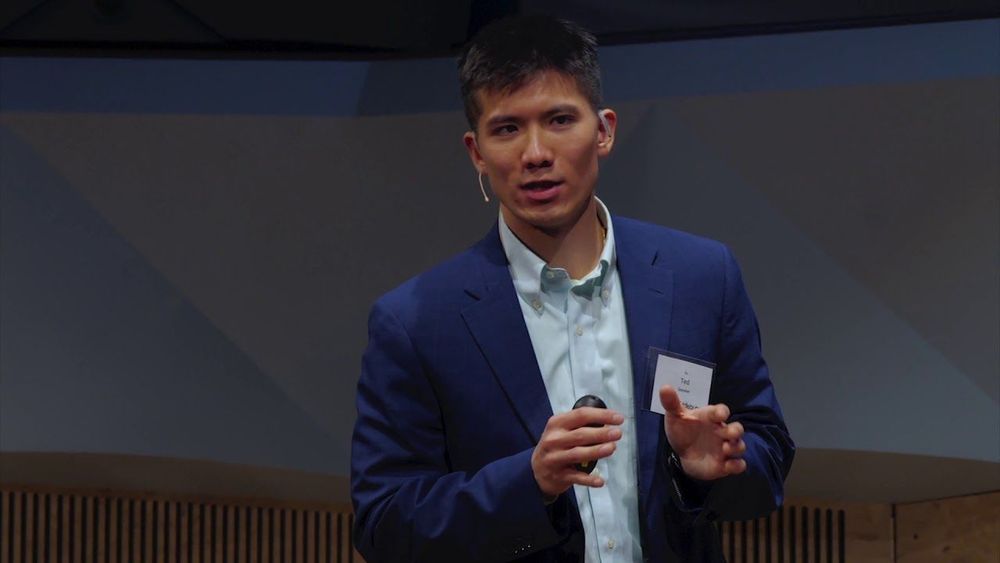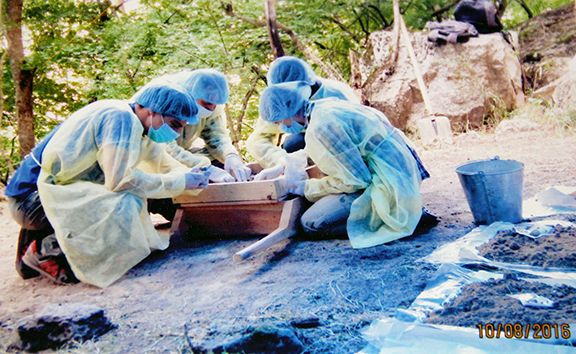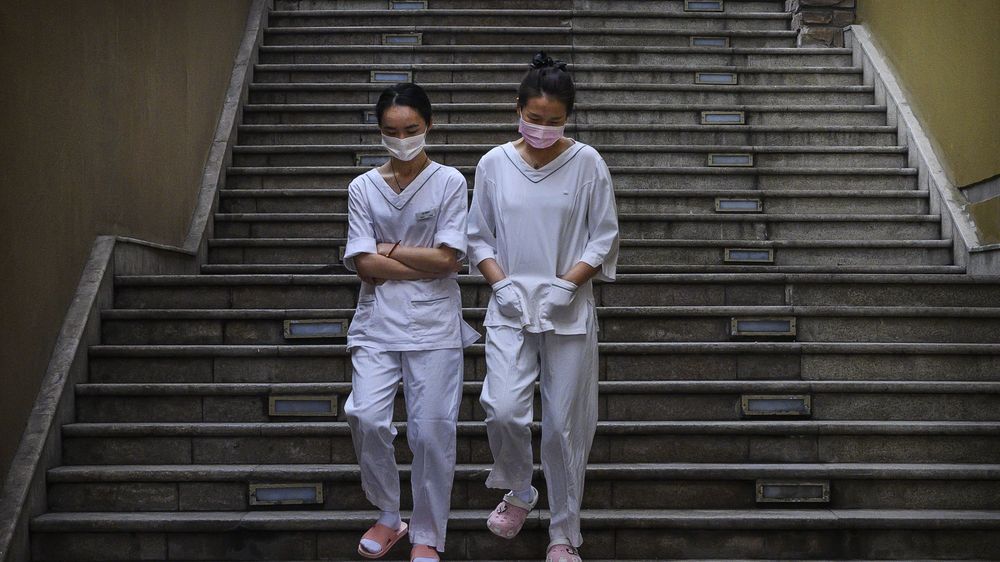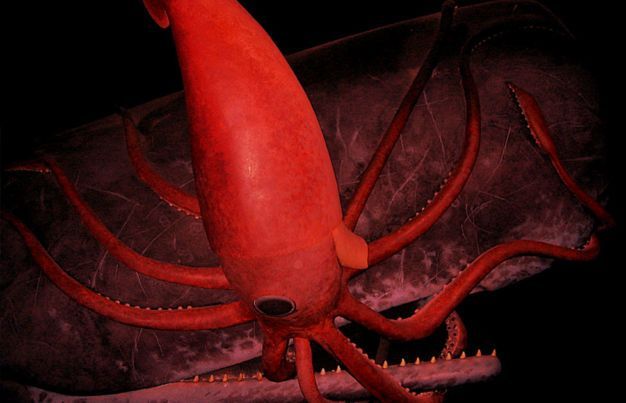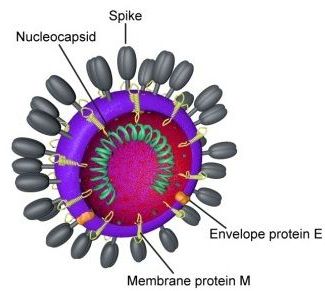Newborn screening covers more than 30 conditions. Yet, with genome sequencing, we could screen newborns for several thousand genetic conditions.
In the surveys’ open-ended responses about risks of genome sequencing, parents and clinicians both expressed concerns about psychological distress related to difficult or uncertain results. Clinicians were more likely to raise concerns about returning results for adult-onset conditions, unnecessary parental stress over health problems that might never actually occur, and the possibility of future discrimination against the child on the basis of their genomic information.
On the other hand, parents mentioned a broader range of benefits than clinicians. Both parents and clinicians saw potential health benefits of genome sequencing, such as the ability to search for more conditions compared to standard newborn screening and the ability to predict a child’s future disease risks. Parents went further, though, seeing benefits in family planning, preparing for the child’s future, and knowledge just for the sake of knowing. Those potential benefits fall outside of traditional definitions of clinical utility, which means they are less likely to be considered in the professional guidelines that steer adoption of practices like genome sequencing.
This brings us into a debate that may be central to the near future of genome sequencing, not only for newborns but for ostensibly healthy adults as well: how to define the utility of genomic technologies. How much weight, if any, should patients’ perceptions carry? If they think genomic information will have utility, should that count for something, even if clinicians and researchers have their doubts? Should the idea of “clinical utility” be expanded beyond information that directly affects medical care, perhaps including perceived quality of life impacts for patients?
